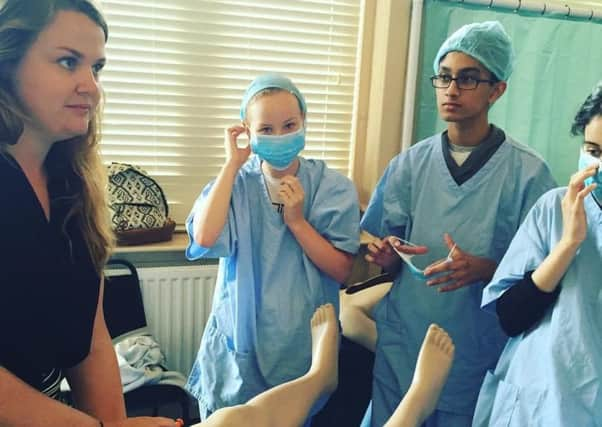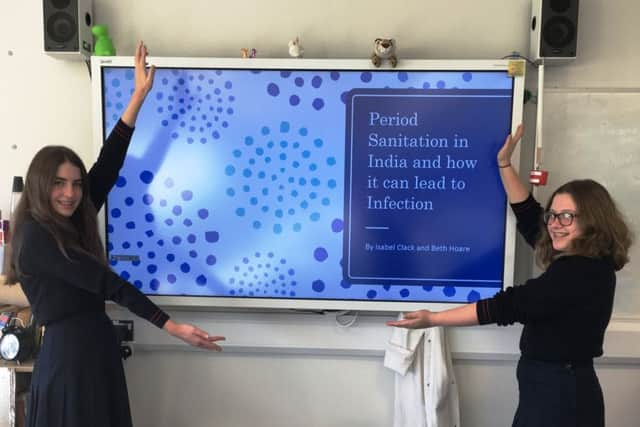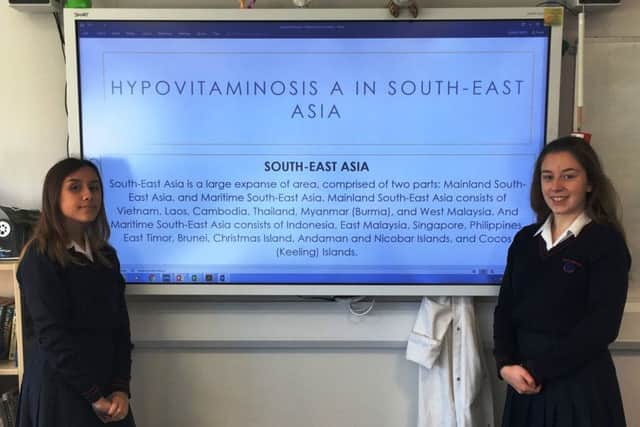Worthing students in national final of new competition


The Youth Grand Challenges was launched to inspire young people aged 11 to 19 to see how science and technology can be used to tackle global health issues.
The theme for this year’s competition was infectious diseases and the 14-year-olds from Worthing wowed the judges with their innovative projects to help tackle some of the biggest challenges in the world.
Advertisement
Hide AdAdvertisement
Hide AdBlaise Cloran from Our Lady of Sion School is in the gold category final, while two teams from Davison High School, Isabel Clack and Beth Hoare, Natasha Brown and Amy Bickers, are in the bronze category final.


Katherine Mathieson, chief executive of the British Science Association, which runs the competition, said: “I’d like to extend huge congratulations to all the finalists of the first-ever Youth Grand Challenges competition, and commiserations to those we had to say goodbye to at this stage.
“Each project is the result of hours of hard work, ingenuity and dedication, making the judge’ decisions very difficult.
“We look forward to the grand finals event in London on December 7 and wish all the teams the very best of luck.”
Advertisement
Hide AdAdvertisement
Hide AdBlaise designed a quicker and more efficient method of diagnosing hepatitis. Using a test combined with silk fibroin, she created a cheap and quick diagnosis method that can work in under two hours and be easily transported without refrigeration.


Isabel and Beth examined period sanitation in India, hoping to challenge the stigma around menstruation, as it can lead to young girls not attending schools and developing infections.
Natasha and Amy investigated the effects of Hypovitaminosis A in south-east Asia. They came up with an idea of extracting Vitamin A from rice leaves and putting it on to a rice paper material that dissolves in food.
The girls produced videos to describe their projects, helping to secure their place on the shortlist of five in each of the four categories.